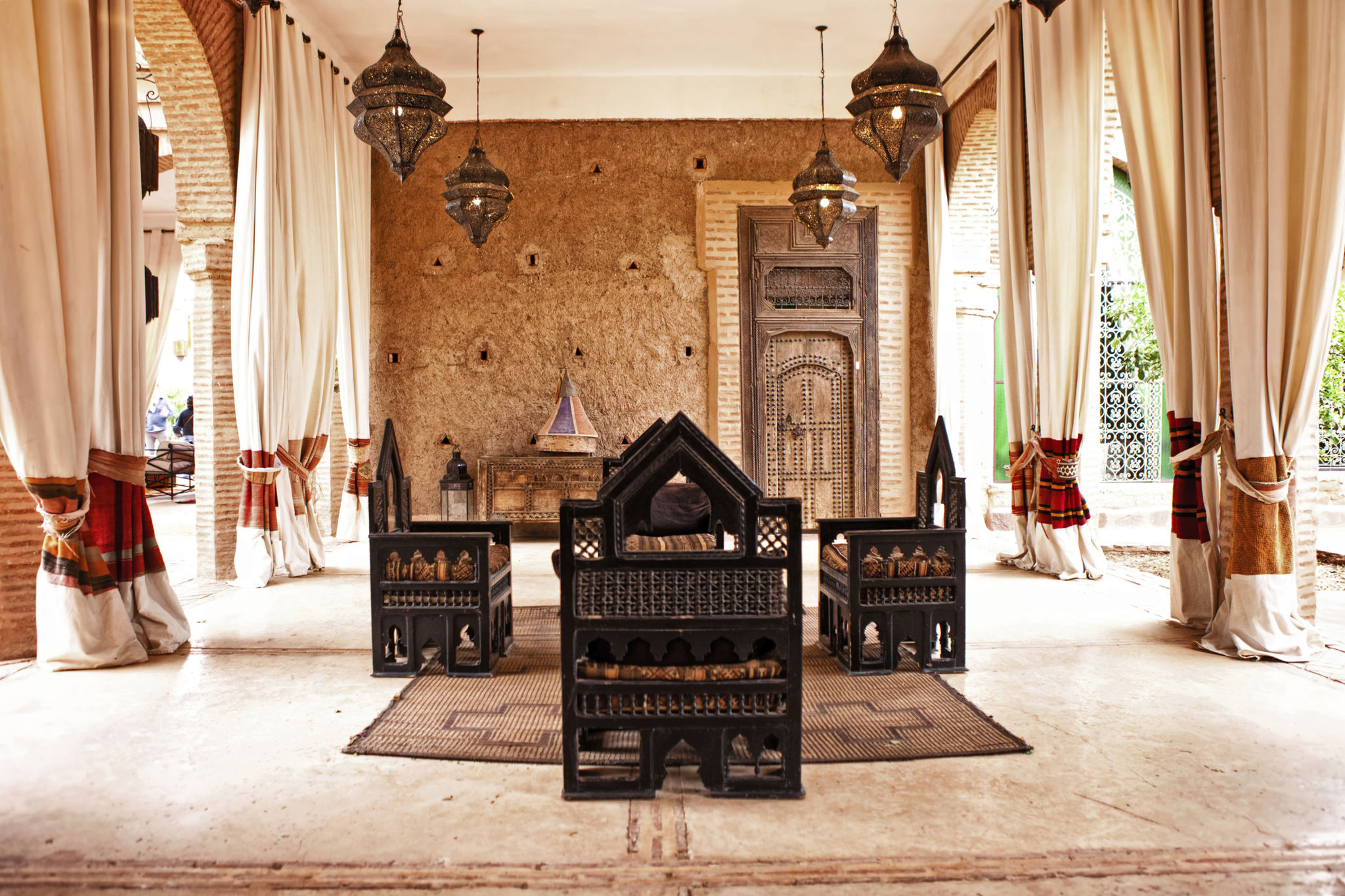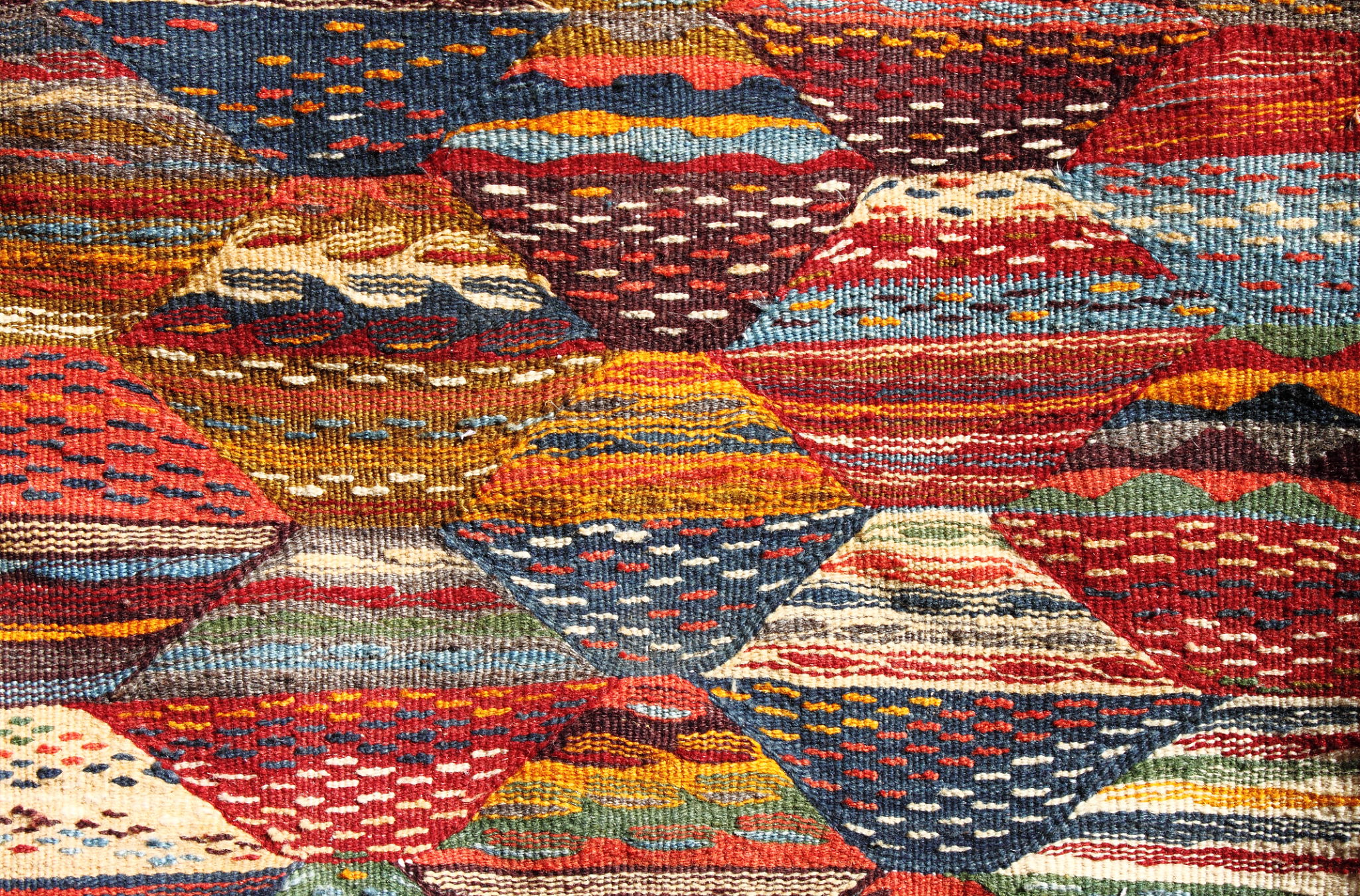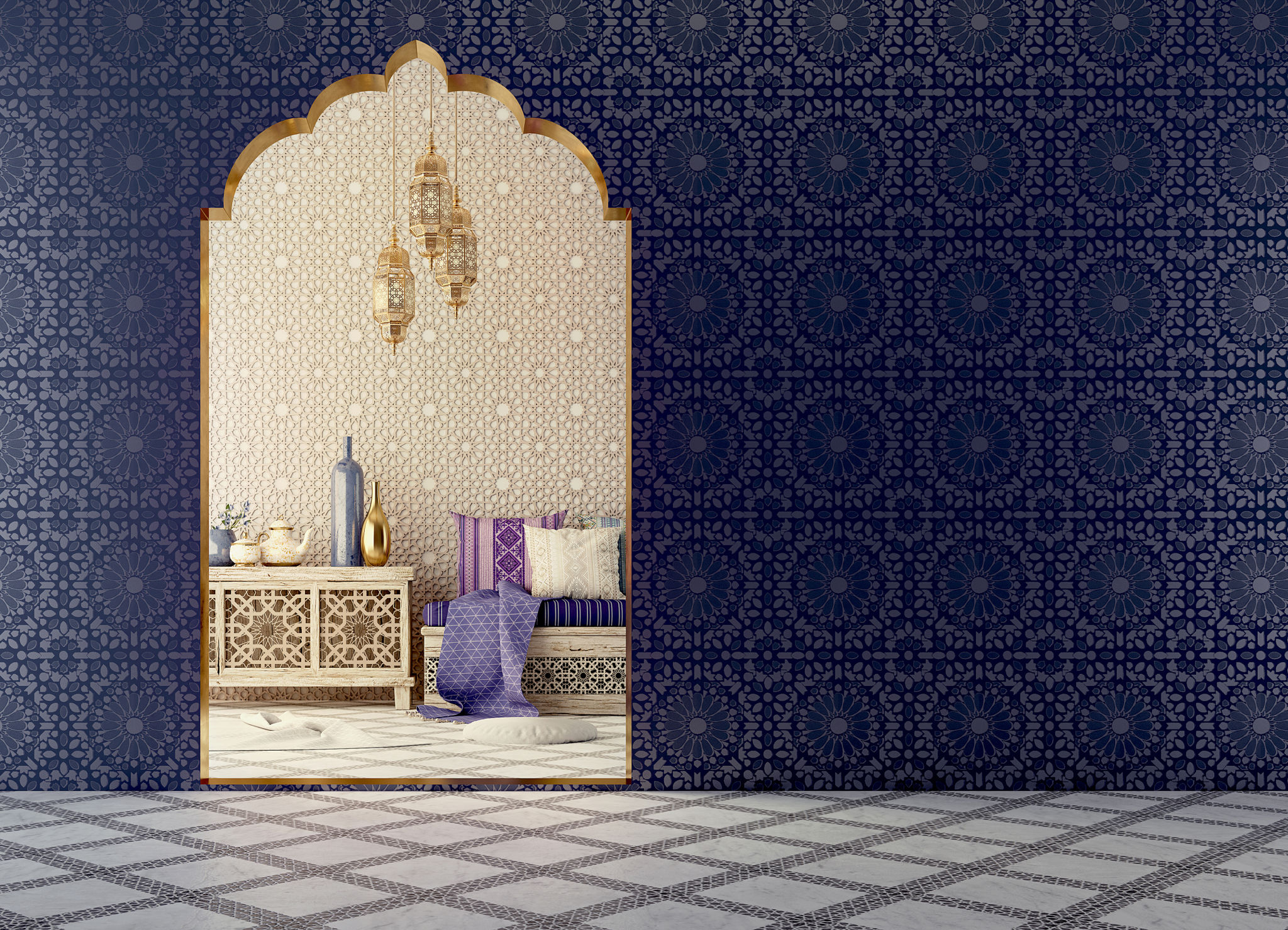Exploring Traditional Arabian Design: Bringing Local Flair to Dubai Interiors
MI
Introduction to Traditional Arabian Design
Dubai, a city celebrated for its modern skyline and luxurious lifestyle, also boasts a rich tapestry of cultural influences. Among these, traditional Arabian design stands out for its timeless elegance and intricate craftsmanship. By incorporating elements of this design style, interior spaces in Dubai can exude a unique blend of opulence and cultural heritage, offering both aesthetic pleasure and a sense of place.

Key Elements of Arabian Design
Traditional Arabian design is characterized by its use of geometric patterns, calligraphy, and natural materials. Geometric patterns often play a central role, inspired by Islamic art where complex shapes form breathtaking mosaics. These patterns can be seen in tiles, textiles, and even architectural features like mashrabiya screens.
Calligraphy is another essential element, often used as decorative art. Arabic script adorns walls and furniture, adding both beauty and meaning. Additionally, the use of natural materials such as wood, stone, and metals lends a sense of authenticity and warmth, connecting the interior to the natural environment.
The Role of Color and Texture
Color in Arabian design often reflects the desert landscape, with earthy tones such as ochre, sand, and deep browns. These colors create a serene backdrop that can be enlivened with vibrant accents like turquoise or gold, evoking the colors of traditional Arabian jewelry and ceramics.

Textures also play a crucial role, with rich fabrics like silk and velvet being common choices for upholstery and drapery. These materials not only add visual interest but also provide a tactile experience that enhances the luxurious feel of a space.
Integrating Modern and Traditional Styles
Incorporating traditional Arabian design into modern interiors can be achieved without overwhelming the space. This can be done by selecting key elements to focus on, such as a statement piece in a geometric pattern or a wall adorned with Arabic calligraphy. These touches can serve as focal points that highlight the cultural significance without compromising contemporary aesthetics.

Sourcing Authentic Materials
To truly capture the essence of traditional Arabian design, sourcing authentic materials is essential. Working with local artisans who specialize in traditional crafts can ensure that each piece is not only beautiful but also tells a story. This approach supports local craftsmanship and keeps traditional techniques alive.
Conclusion: Embracing Cultural Heritage
By embracing traditional Arabian design, Dubai interiors can achieve a unique blend of modernity and heritage. This approach not only enriches the visual appeal but also connects residents and visitors to the rich cultural tapestry of the region. As Dubai continues to grow and evolve, maintaining a connection to its cultural roots through interior design becomes increasingly important.
Ultimately, integrating traditional Arabian elements into interior spaces offers an opportunity to create environments that are not only beautiful but also meaningful and culturally resonant.
